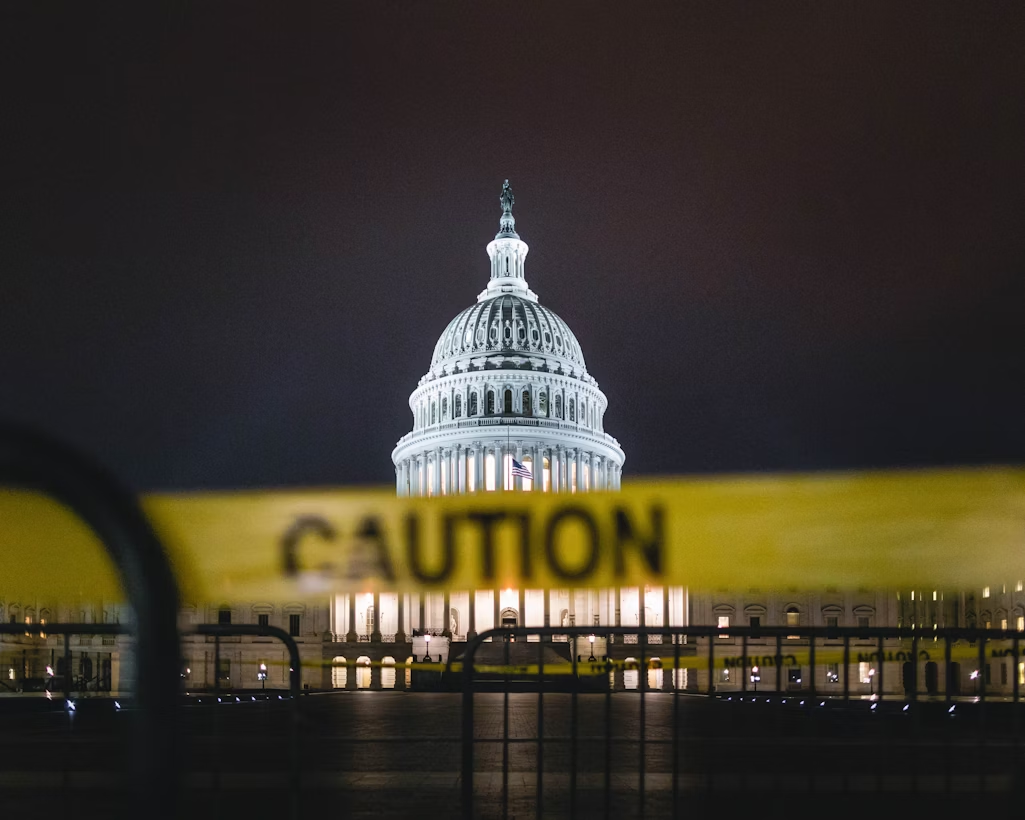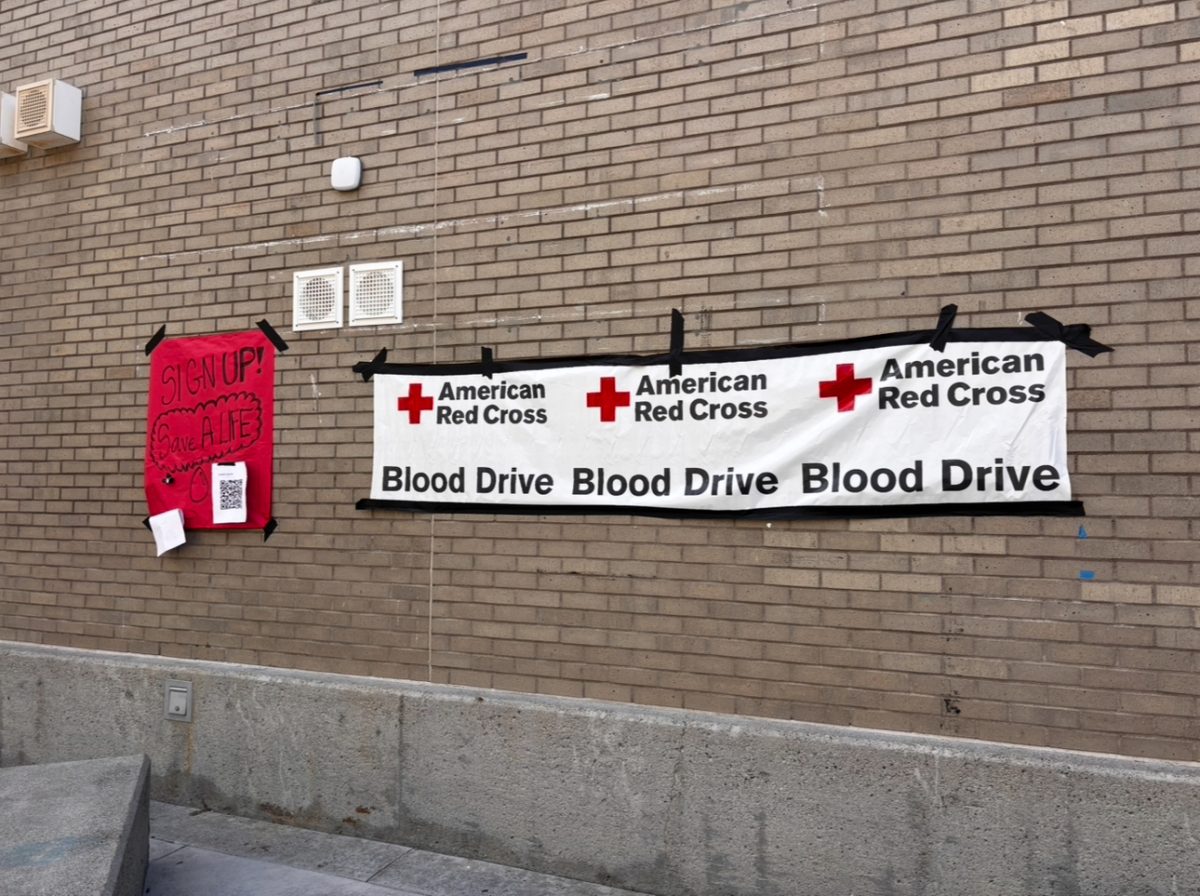A government shutdown has been formally ongoing since Oct. 1 as a result of Congress’s inability to pass appropriations for the 2026 fiscal year. The division between the Democrats and Republicans in Congress has continued the turmoil surrounding citizens and their healthcare.
Every year Congress is required to pass federal funding legislation; however, Democrats’ desire to add health subsidies to the Affordable Care Act, which is due to expire in 2025, is being denied by most of the Republican ruling House and Senate. Despite this, the bill was only denied in the House because the Republicans did not have enough votes in the Senate to block it.
Since Congress could not solidify the federal budget, federal agencies are not able to use money legally. Ultimately, the government had to shut down in response to the political crisis between both parties.
During a government shutdown, furloughs are imposed which means that government employees are not being paid to work until the government is back and running. This includes TSA, law enforcement and air traffic controllers.
These federal employees add up to at least 600,000 individuals who are currently being furloughed. Many of these people are enduring financial and mental distress from getting their wages withheld from them.
Siena Lassegard (12) shares, “I get that both sides want to stand up for what they believe in, but at some point they need to think about the families and students. The shutdown has shown just how divided we are politically.”
Employees began not showing up to work, which only further complicated the economic situation. It made processes at airports slower and general safety policies in public areas harder to reinforce due to the lack of workers.
As a result, the economic growth of the nation has been strained. With government workers decreasingly showing up to work, the government has been estimated to lose about 15 million dollars per week, according to the Treasury of the United States.
Besides the economic backlash of the shutdown, the Republican Party has been using it as a political leverage against the Democratic Party. In an effort to get the Democratic Party to ignore the AFA, Trump has threatened to disrupt Democratic programs, but Democrats continue to stand firm against the Republican majority.
“It’s frustrating to see how the government can’t agree on something so important. Real people are losing paychecks and services are not running efficiently while politicians continue to argue,” shares Alex Marquez (12).
As of Oct. 17, the government has been shut down for over two weeks with no sign of economical compromise between the two parties due to differences in spending priorities. While the Republican Party prefers to use federal funding on military aspects, the Democrats prefer to fund healthcare programs, such as Medicaid and Medicare.
The nationwide stalemate has made many citizens, especially government employees, eager to see the government reopen. As the country continues to discuss the best route to take in order to resolve this dispute, it is important to stay updated and educated on the ongoing dilemma for future votes.





